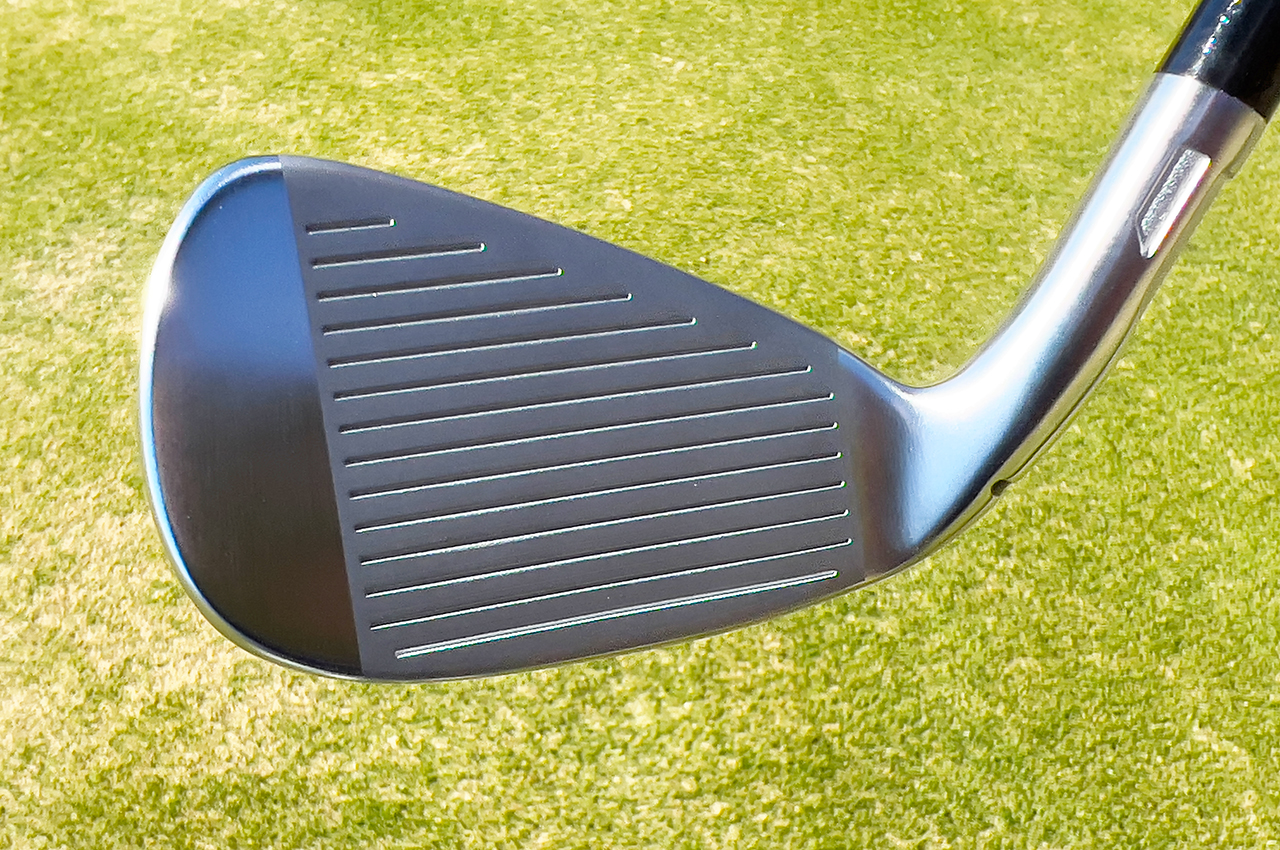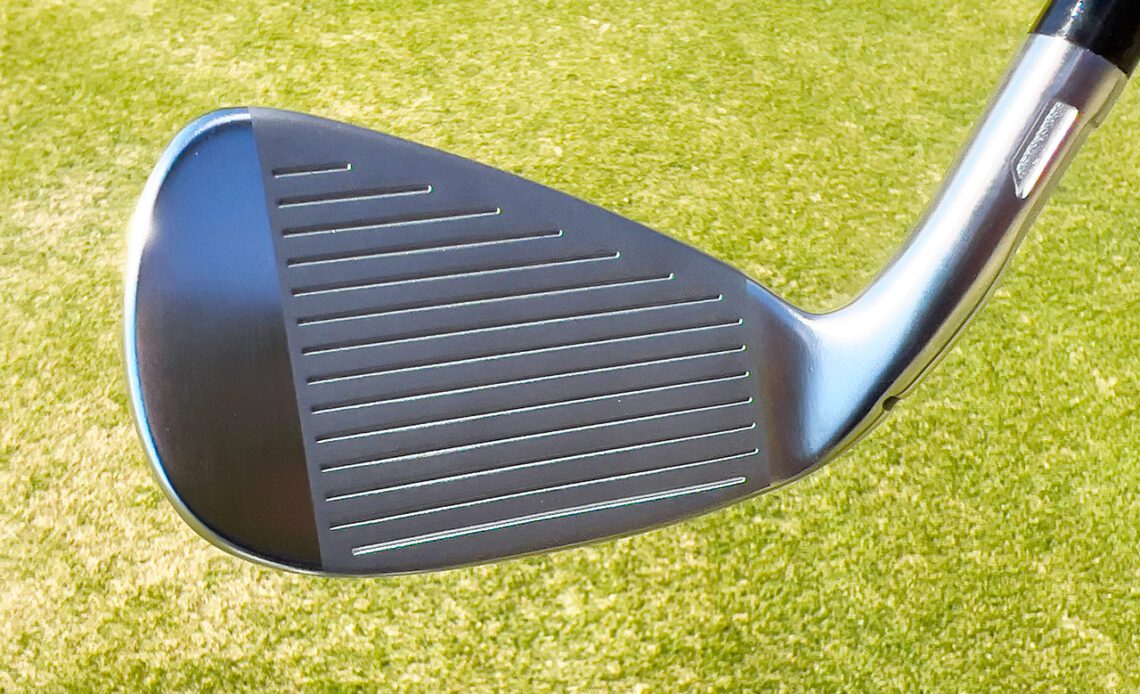Gear: TaylorMade Qi, Qi HL irons
Price: $1,099 with KBS Max 85 steel shafts and Lamkin Crossline 360 grips; $1,199 with Fujikura Ventus Blue TR graphite shafts
Specs: Hollow-body heads with multi-material back badge
Available: Feb. 2 (Qi), March 15 (Qi HL), but available for pre-order NOW
Who They’re For: Golfers with a handicap between 10 and 20 who want more consistency from shot to shot and enhanced ball-speed protection on mis-hits.
The Skinny: By modifying the thickness of each iron face and managing how the hitting area flexes, TaylorMade aims to improve accuracy and consistency for mid- and higher-handicap golfers.
The Deep Dive: For golfers who typically shoot in the 80s and 90s, the most-common miss off the tee with a driver is to right because they slice. With game-improvement irons, many of the same players also struggle with a right miss, especially with their long irons, but for a different reason. With the release of the new Qi and Qi HL irons, TaylorMade set out to help golfers improve their accuracy from the fairway, especially with their long irons, while also providing more distance and enhanced feel.
TaylorMade said the typical construction of a game-improvement long iron can significantly contribute to the right miss. As the blade length grows longer, the toe side of the hitting area bends back more at impact than the heel side, even on shots hit in the center of the face, creating a fade bias. As blade lengths grow shorter in the scoring clubs – such as the 7-iron, 8-iron and 9-iron – the effect decreases, which is why many golfers don’t see the impact in fittings because the 7-iron is commonly used in iron fittings.

The faces of the Qi irons have been made thicker in some areas and thinner in others to enhance consistency. (David Dusek/Golfweek)
With the Qi and Qi HL irons, TaylorMade has brought a design philosophy that debuted in its recently released P·790 irons – individual head optimization – to game-improvement clubs. In the P·790, that meant shifting the center of gravity in each iron to a different location to make it easier to hit the type of shots players often hit with that specific club. In the Qi and Qi HL, it involves integrating the face thickness, the Speed Pocket slot, topline ribs and the toe wrap.
In the long irons, TaylorMade made the low-toe portion of the face thicker so it flexes less, and the area close to the heel is thinned so it bends more easily at impact. In…
..
Click Here to Read the Full Original Article at Golfweek…
